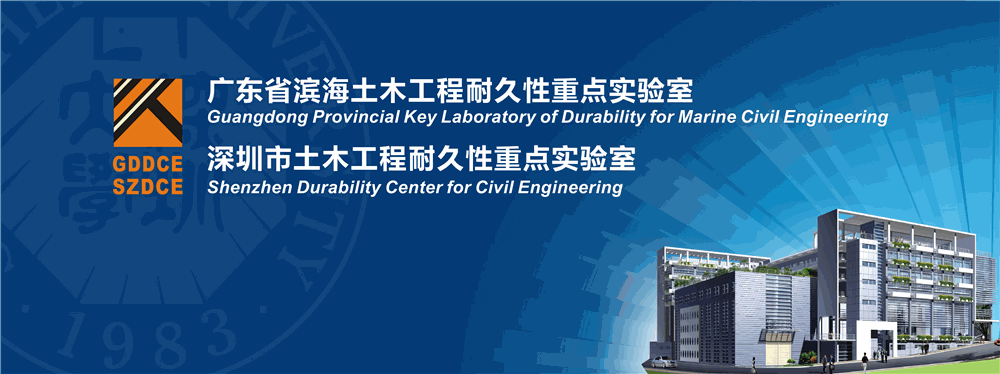Abstract
A TCP–TCL model is established to describe the relationship between the thickness of the corrosion-filled paste (CP) and that of the corrosion layer (CL). This model can describe the phenomenon that the corrosion filling in the concrete pores and accumulating at the steel/concrete interface occur synchronously. Based on the TCP–TCL model, a corrosion-induced concrete cracking model, which can quantitatively consider corrosion-filled paste at concrete/steel interface, is proposed. Combined with damage analysis in corrosion-induced cracking process of concrete cover, the model is developed to describe the quantity of steel corrosion required to crack the concrete surface.
Keywords
Corrosion layer, corrosion-filled paste, cracking model, steel reinforced concrete
DOI
10.5703/1288284316145
Recommended Citation
Dong, Jianfeng; Zhao, Yuxi; Wu, Yingyao; and Jin, Weiliang, "Corrosion-Induced Concrete Cracking Model Considering Corrosion-Filled Paste" (2016). International Conference on Durability of Concrete Structures. 4.
https://docs.lib.purdue.edu/icdcs/2016/CORROSION/4
Included in
Corrosion-Induced Concrete Cracking Model Considering Corrosion-Filled Paste
A TCP–TCL model is established to describe the relationship between the thickness of the corrosion-filled paste (CP) and that of the corrosion layer (CL). This model can describe the phenomenon that the corrosion filling in the concrete pores and accumulating at the steel/concrete interface occur synchronously. Based on the TCP–TCL model, a corrosion-induced concrete cracking model, which can quantitatively consider corrosion-filled paste at concrete/steel interface, is proposed. Combined with damage analysis in corrosion-induced cracking process of concrete cover, the model is developed to describe the quantity of steel corrosion required to crack the concrete surface.





